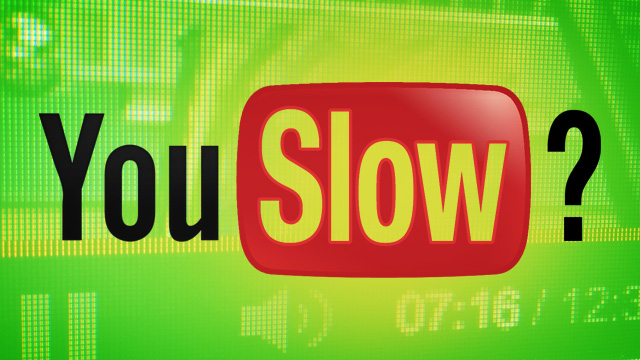
Lee Hutchinson has a problem. My fellow Ars writer is a man who loves to watch YouTube videos—mostly space rocket launches and gun demonstrations, I assume—but he never knows when his home Internet service will let him do so.
"For at least the past year, I've suffered from ridiculously awful YouTube speeds," Hutchinson tells me. "Ads load quickly—there's never anything wrong with the ads!—but during peak times, HD videos have been almost universally unwatchable. I've found myself having to reduce the quality down to 480p and sometimes even down to 240p to watch things without buffering. More recently, videos would start to play and buffer without issue, then simply stop buffering at some point between a third and two-thirds in. When the playhead hit the end of the buffer—which might be at 1:30 of a six-minute video—the video would hang for several seconds, then simply end. The video's total time would change from six minutes to 1:30 minutes and I'd be presented with the standard 'related videos' view that you see when a video is over."
Hutchinson, a Houston resident who pays Comcast for 16Mbps business-class cable, is far from alone. As one Ars reader recently complained, "YouTube is almost unusable on my [Verizon] FiOS connection during peak hours." Another reader responded, "To be fair, it's unusable with almost any ISP." Hutchinson's YouTube playback has actually gotten better in recent weeks. But complaints about streaming video services—notably YouTube and Netflix—are repeated again and again in articles and support forums across the Internet.
Read 85 remaining paragraphs | Comments





Nenhum comentário:
Postar um comentário